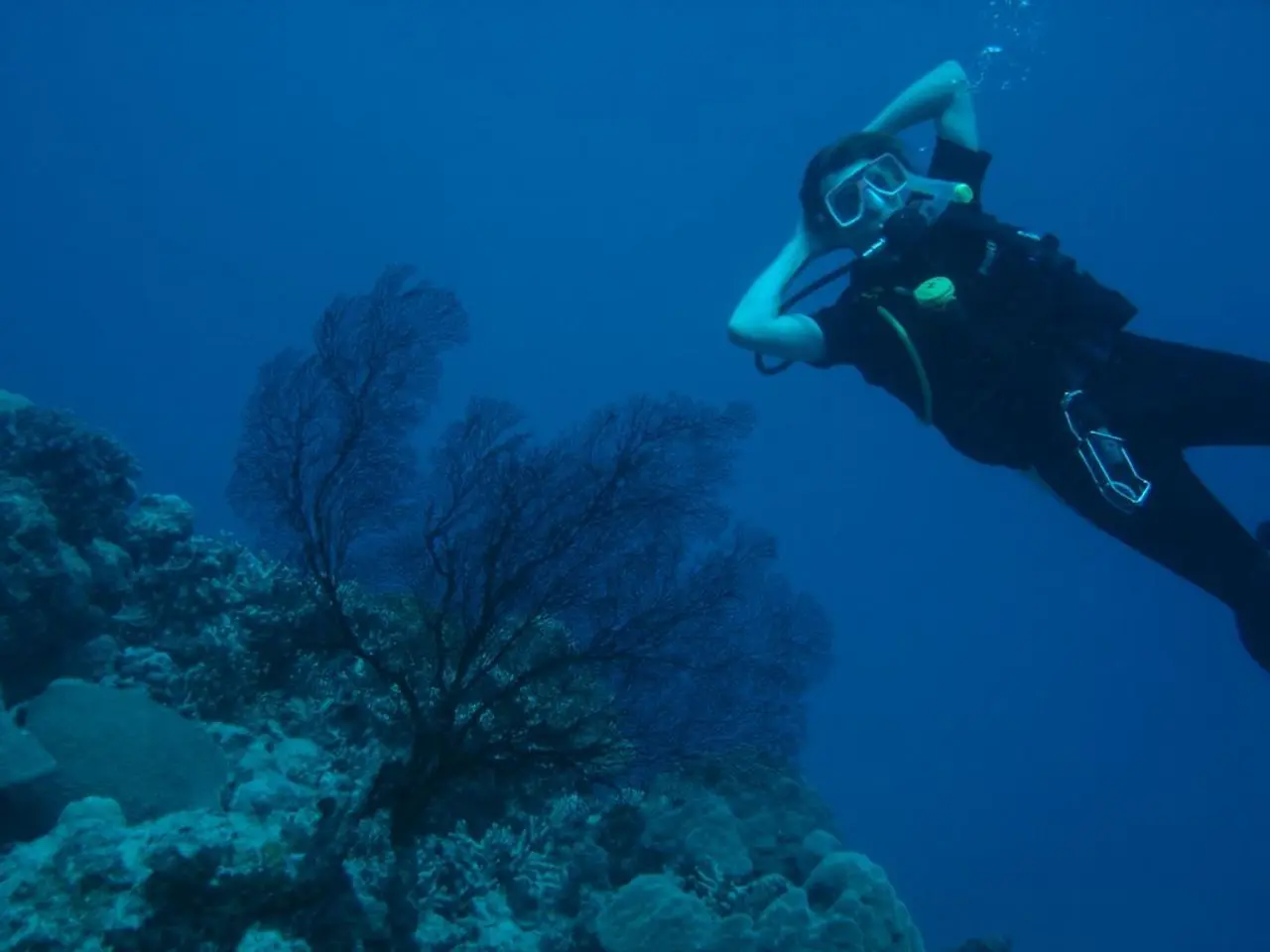Strategies for surviving a receding tide: sailing through the undertow
In recent times, several tragic incidents have occurred at beaches around the world, including Kata Beach, Karon Beach, and Bang Tao Beach in Thailand, where vacationers, including children, have been swept away by rip currents. These strong, fast-moving channels of water can pose significant drowning risks and claim dozens of lives annually.
To ensure a safe and enjoyable beach experience, it is crucial to be aware of the signs of rip currents and understand how to react when caught in one.
One of the common signs of a rip current is a difference in water color. Rip currents often appear as a narrow strip of water that is a darker, deeper, or calmer-looking channel compared to the surrounding water. Another sign is a line of foam or debris moving seaward. You may see foam, seaweed, or debris continuously moving away from the shore. A third sign is a narrow gap in breaking waves. While waves are crashing on either side, there may be a distinct break or calmer patch in the wave pattern where the rip current flows outward.
When caught in a rip current, the correct behavior is to swim parallel to the shore to get out of the current's zone, and then return to the land. Swimming directly towards the shore against the current can be the main trap of rip currents, as it may lead to exhaustion and drowning. Instead, swimming parallel to the shore allows you to escape the current's pull and then safely return to the land.
Other safety tips include always swimming near lifeguards if possible, avoiding swimming in rough waters or during windy conditions, and following designated swimming zones. If you find yourself in trouble, raise your hand and call for help. Lifeguards are trained to react swiftly.
Before your trip, re-read the beach safety rules, including the flag system. Ignoring flags is dangerous: red means swimming is prohibited. It is also important to keep children in sight, even in shallow water and near the shore.
Recent statistics show that lifeguards rescued 86 people from rip currents at Patong Beach in Phuket in just one month. By recognizing these signs and understanding how to react, you can greatly reduce the risk of being trapped or pulled out by rip currents and ensure a safe and enjoyable beach experience.
In environmental-science courses, learning about the signs of rip currents and appropriate reactions can be an essential part of education-and-self-development, especially for individuals planning a beach vacation. Moreover, understanding sports safety extends beyond traditional sports, as swimming in a rip current can be a strenuous physical challenge that requires quick thinking and appropriate responses.







